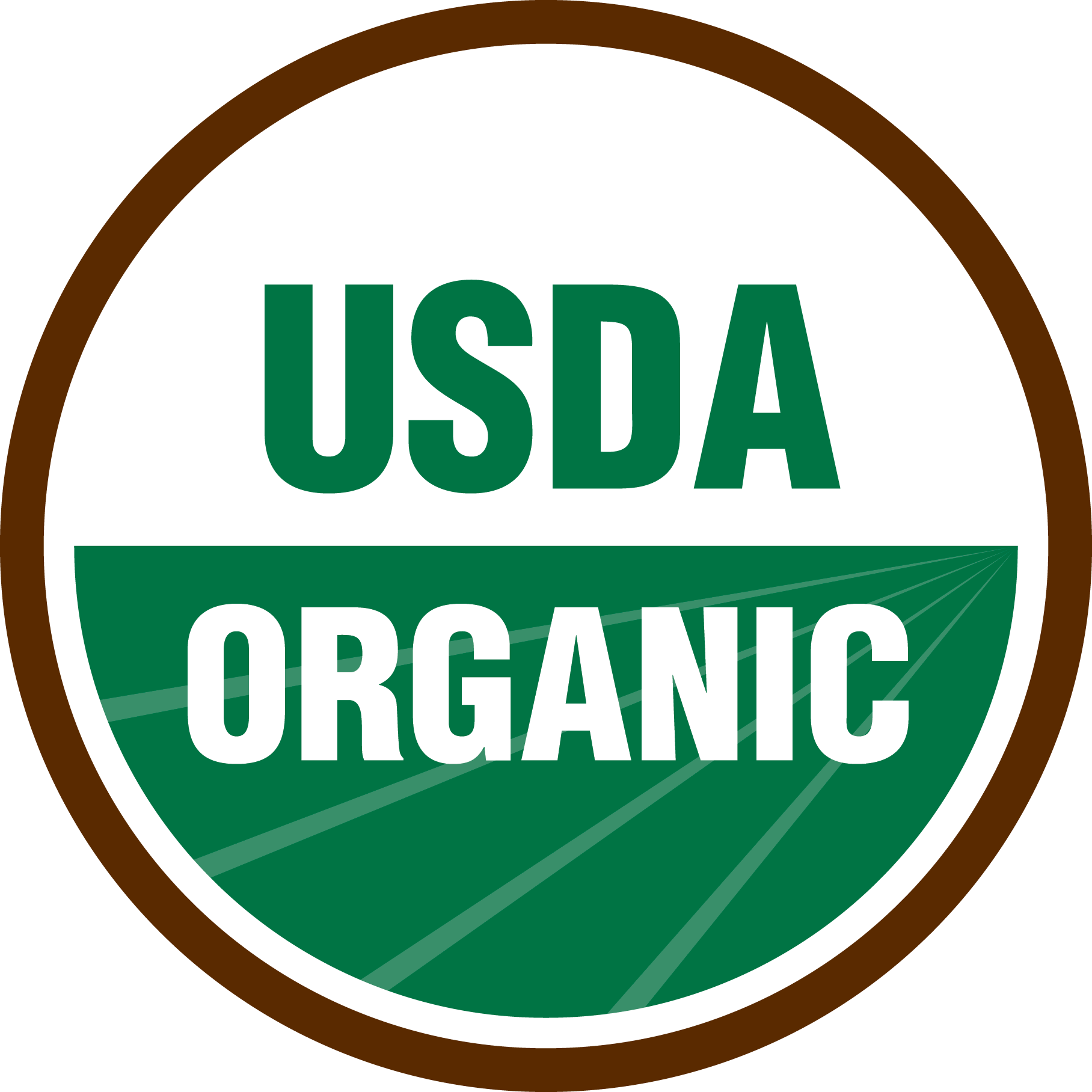Coffee and Chocolate - Beyond the Bean Part 4
In this fourth and final installment we will overview the global trade of coffee and cacao, look at the future and specialty industries, and review all we have covered regarding the incredible parallels in the world of coffee and chocolate. If you missed them check out part 1, part 2, and part 3. Global Trade
As we saw in Part 3, the history of the coffee and cacao industries is marred with slavery and inequality, yet hopefully the future will be brighter as more people in the coffee and chocolate consuming world establish equitable relationships with farmers in the tropics. The simple fact is that the European and North American markets comprise the vast majority of worldwide coffee and cacao consumption, while the developing world of Central and South America, Africa, and South East Asia produce the overwhelming majority of coffee and cacao. Given the dark history of coffee and cacao, does that mean we should shun them, or turn to alternatives such as chicory root and carob? No, this would actually have the opposite intended outcome as both coffee and cacao are incredibly important for the approximately 25 million coffee farmers and workers and 5 million cacao farmers worldwide. If consumers were to reduce consumption, this would most likely spell disaster for the millions who rely on coffee and cacao for their livelihood. Indeed the coffee price crash of the early 2000s, partially due to overproduction, lead to tremendous hardships for farmers and seasonal agricultural workers. Many farmers in Latin America simply did not harvest their crop because the cost of production fell below the price they were receiving for their coffee and many were forced to sell their lands.The answer lies in forming more equitable relationships, direct partnerships, and improving communication between the coffee and chocolate producing and consuming countries.
Coffee and cacao - both crops are consumed mostly in Europe and North America and are cultivated almost exclusively in poorer countries which lie in a tropical belt 20° above and below the equator.
The tropical belt 20° above and below the equator grows over 99% worlds coffee and cacao.
Specialty Industry
The future of coffee and cacao also mirror each other. More and more artisan coffee roasters and chocolate makers are popping up - the number of coffee roasters in the US has soared and is now over 1200 while there are now well over 100 “bean to bar” chocolate makers in the US, with many more popping up in cacao growing countries as well. Both roasters and chocolatiers are increasingly interested in traceability, high quality, single-origin, single farm, direct from farm coffee and cacao that are grown and produced under a system that promotes fair wages and high quality. They are also spurred by interest among consumers who increasingly seek high-quality products that are environmentally and socially responsible. With all this being said, the vast majority of coffee and cacao still trades on their respective “commodity market” - one that views coffee and cacao beans as simple commodities such as oil. Prices fluctuate daily based on supply and demand, forecasted harvets, and macroeconomic factors.. The specialty industries will continue to grow as the market becomes more differentiated and people seek more than just a “caffeine kick” or a “sweet treat”.
A chart showing the price of coffee over the years - the vast majority of coffee is traded on this commodity market
The specialty coffee and chocolate sectors which emphasize the differences in coffee and cacao based on their origin, varietal, and processing methods are increasingly gaining attention, market share, and customers. The “new waves” of both industries desire impeccably clean, pure, and unadulterated products - allowing for the full expression of the “terroir” in the end product. This means lighter roasted single farm coffees made as a “pour over” or as a pure espresso. In the chocolate world this means single farm chocolate made with fewer ingredients - sometimes 100% cacao! All this specialization results in a much more diversified market. You can now find one pound bags of coffee for $2-$3 at the supermarket or spend over $100 for the rarest most unique beans. Similarly mass produced chocolate is available for just a dollar or two while some specialty chocolate bars are now fetching well over $10.
The most expensive chocolate bar in the world, made by To'ak retails at $260 for just 1.5 ounces
Coffee and cacao - both industries are rapidly evolving due to the demand for high quality, clean, and unique offerings led by the specialty coffee and cacao industries.
The Overview Coffee and Cacao: chemically similar seeds of bright colored tropical fruit trees that naturally developed in the shade of tropical rainforests which used the aid of animals to disperse their seeds, were initially cultivated in a place other than their original habitats, whose history is steeped in lore, which have been prepared in various ways throughout history, have been used in religious ceremonies, are farmed in similar habitats across the tropics, are harvested by hand and fermented and dried before being roasted and consumed, are marred by the dark history of colonialism, are mostly consumed and produced in two distinct regions of the world, have a similar future, and have been and will continue to be consumed at the far reaches of human travel because of our infatuation and love for both coffee and chocolate. Who knew?

















